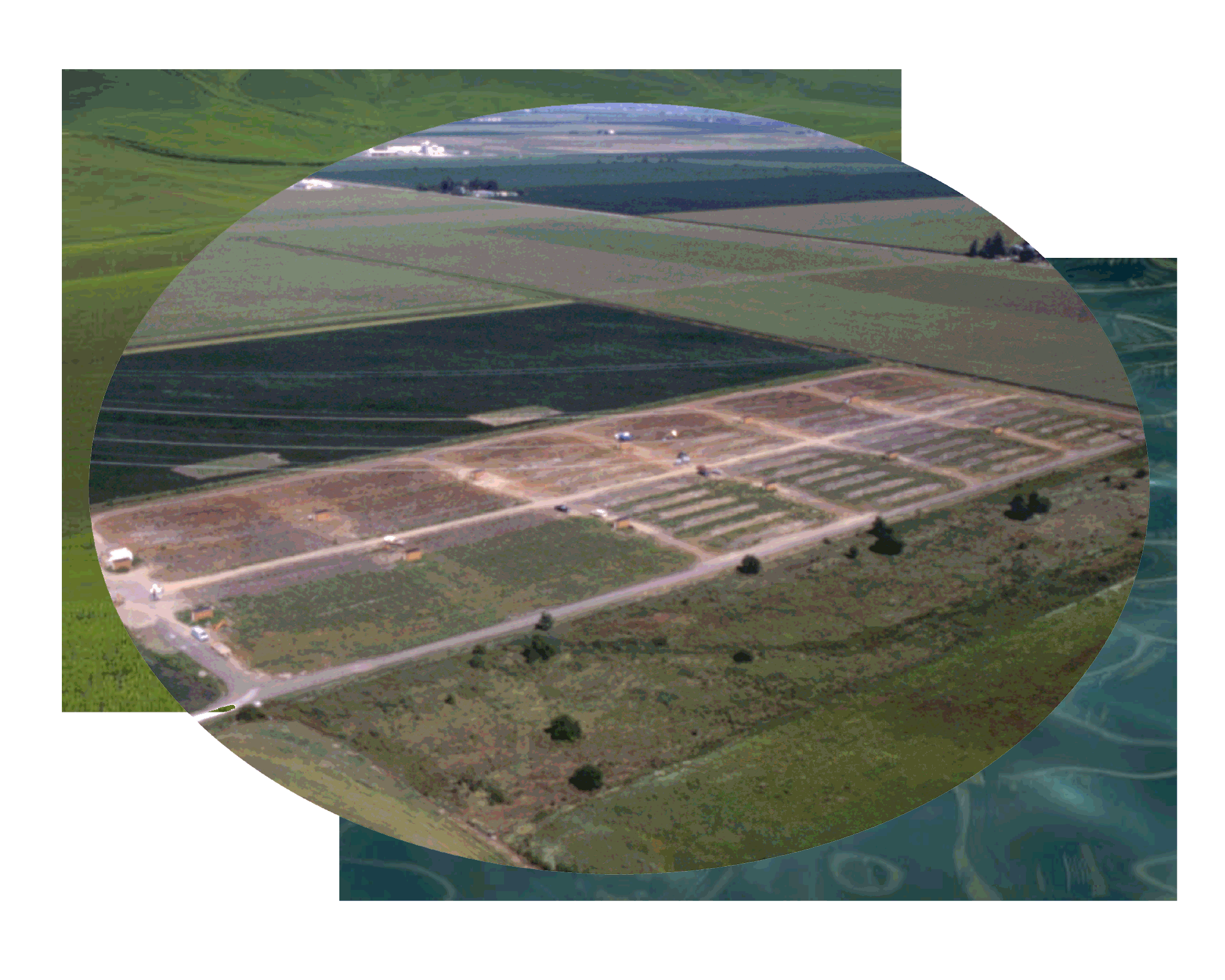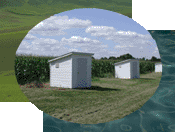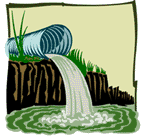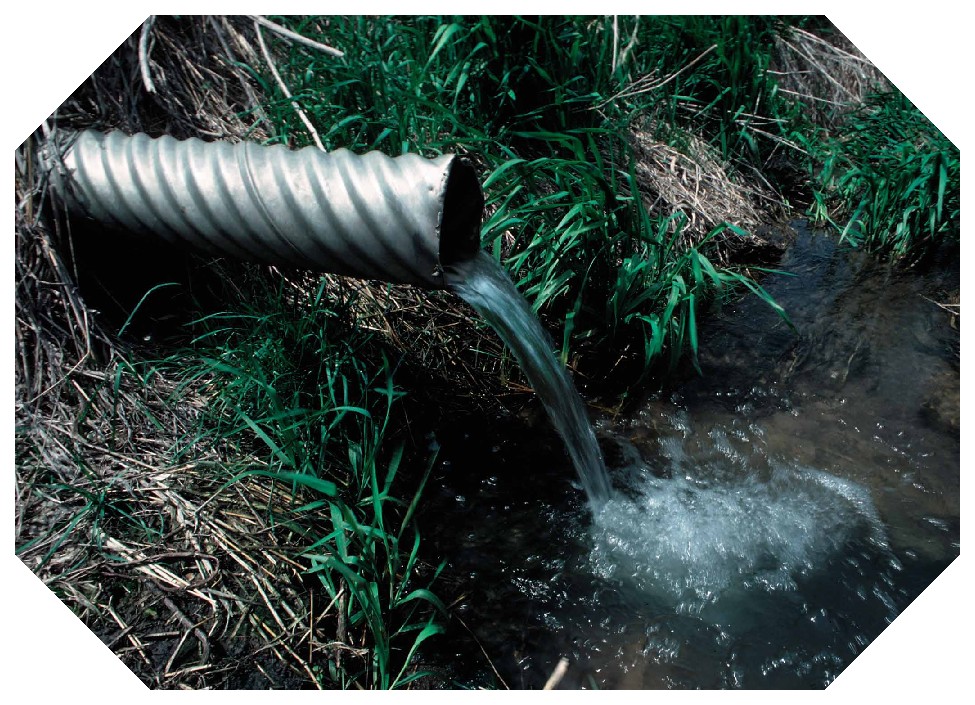|
Agronomy Water Quality Research Facilities |
||||||
|
FACILITIES Water Quality Field Station (ACRE) Experimental Drainage Project (SEPAC) LINKS Environmental Sciences & Engineering Institute (ESEI) |
Purdue University's Agronomy Department maintains two water quality research facilities serving as "laboratories" for field-scale studies of agricultural effects on surface and subsurface water quality. These fully-instrumented field stations allow research in soil ecology, pesticide transport, crop system management, and nutrient cycling. Using test plots large enough to accommodate real agricultural practices, each site has data-logging instrumentation which records local rainfall, soil water flow, and triggers automatic sample collectors. Collected samples are analyzed in various labs studying nutrient, tracer, pesticide, and metabolite transport. Visit each site's page for more specific information on station design, instrumentation and current projects. |
|||||
| The Water Quality Field Station (WQFS) is located next to the Agronomy Center for Research and Education (ACRE) near West Lafayette. |
||||||
| The Experimental Drainage Project, located at the Southeast-Purdue Agricultural Center (SEPAC) in Jennings County, is designed to study. |
||||||
|
||||||
|
Tile
drains and other drainage issues... |
||||||
| These two sites are operated in conjunction with researchers in Agronomy and Agricultural & Biological Engineering. | ||||||
|
Agronomy
Faculty & Staff: |
Jane Frankenberger
|
|||||
For information on site access or coordinating research activities, contact Brenda Hofmann by email at: bhofmann@purdue.edu
|
||||||
|
|
||||||
| Tile drains are pipes made of perforated plastic, burned clay, concrete, or similar material, buried about three feet below the surface of a field and at a slope designed to collect and carry excess water from the soil. In soils that tend hold a lot of water or have a water table that is close to the surface, drainage allows crops to be planted earlier in the spring and keeps water from pooling on the surface or saturating the root zone so much that the crops 'drown'. The use of tile drains (and other drainage measures) have have allowed the North Central U.S. region, which has fertile soils that are often stay too wet and cold in the spring for most crops, to become one of the most productive agricultural areas in the world. However, while enhanced drainage of cropland has produced higher yields economically, there are environmental costs. Large areas of wetlands have been lost and there is great concern over about the rapid, direct transport of excess nitrates and pesticides to surface waters. Most of the work at the Experimental Drainage Plots at SEPAC, as well as some of the projects at the Water Quality Field Station have focused on these concerns.
For
more information on agricultural drainage and its environmental impact,
Ohio State University's The Indiana Drainage Handbook also has information on the permitting process for drainage projects and design recommendations. |
||||||
|
|
||||||
|
Last update: 08/12/2003 Comments or questions? Contact web designer. |
||||||





